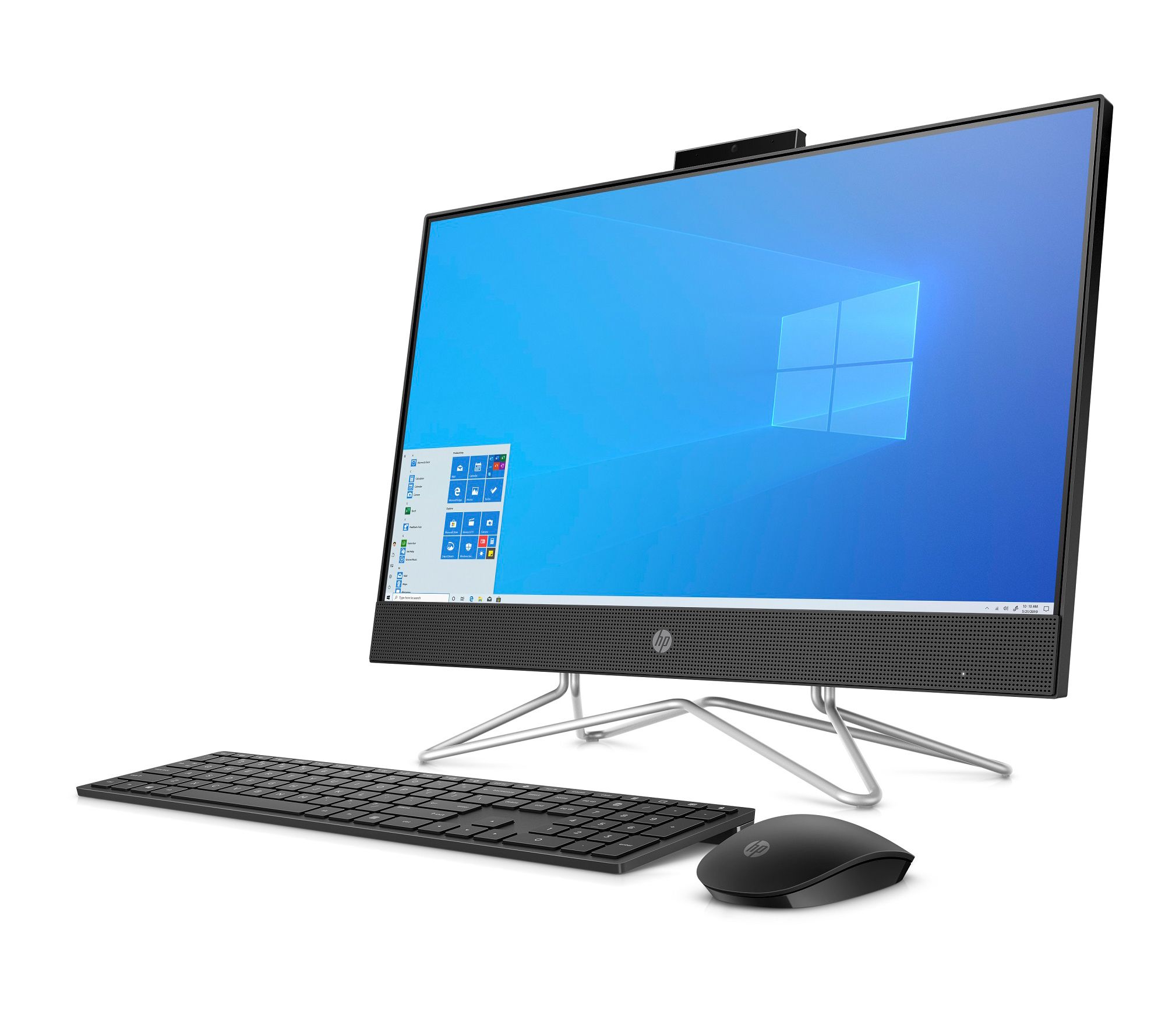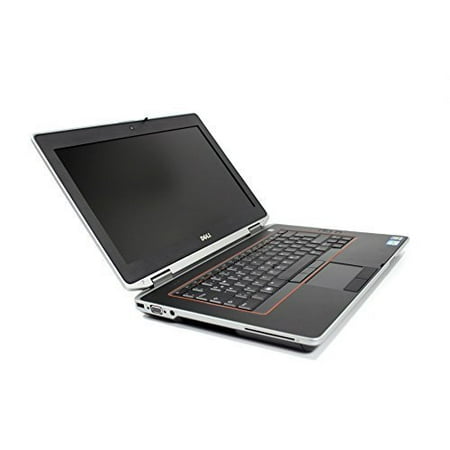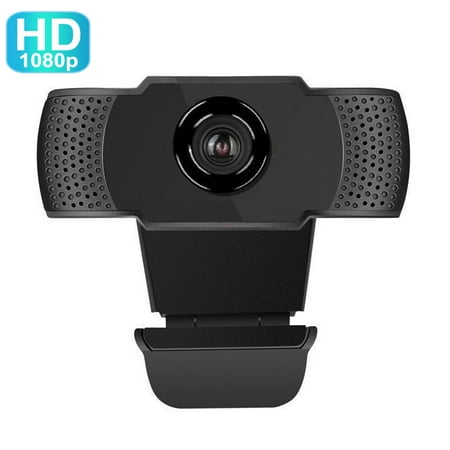HP 24″ Touch All-in-One Computer Athlon 256GB SSD
Windows 10 Home operating system. 2.4GHz AMD Athlon Gold 3150U dual-core processor with 4MB cache
23.8″ diagonal Full HD WLED-backlit anti-glare 10-point touchscreen display with 1920×1080 resolution, IPS technology. 8GB DDR4 RAM. 256GB PCIe NVMe M.2 solid-state drive.
Seems like everyone’s working from home more these days. And some may prefer or need the portability that a laptop provides. But if your work-at-home station serves you best when it’s stationary, consider upgrading to this all-in-one HP computer. Its 23.8″ diagonal display easily fits most desks (no desktop tower necessary) and provides a significant increase in size relative to any standard laptop. Even better? This mighty machine doesn’t sacrifice the features you love, like full HD resolution providing wonderful clarity and 10-point touch-enabled capabilities.
You won’t need to buy an external webcam or microphone, either. This comprehensive computer offers a Full HD camera that’s positioned at the proper angle for virtual meetings — and equipped to slide behind the screen for privacy when not in use. The webcam’s dual digital mics boast advanced noise reduction to ensure you’re clearly heard.
Setup is simple, too. Just plug this powerful unit into the wall to get up and running. The included wireless keyboard and mouse offer freedom to work without extraneous wires and create without clutter. From HP.
- Includes 24-df0032ds HP Touch All-in-One computer with power adapter, wireless USB mouse, and keyboard; and voucher
- Windows 10 Home operating system
- 2.4GHz AMD Athlon Gold 3150U dual-core processor with 4MB cache
- 23.8″ diagonal Full HD WLED-backlit anti-glare 10-point touchscreen display with 1920×1080 resolution, IPS technology
- 8GB DDR4 RAM
- 256GB PCIe NVMe M.2 solid-state drive
- DVD+/-RW optical drive
- Realtek Wi-Fi 5
- Bluetooth 4.2 wireless technology
- AMD Radeon Graphics
- HP audio
- HP Wide Vision Full HD webcam with integrated dual-array digital microphones
- SD memory card slot
- Two USB-A ports
- Two USB 2.0 ports
- HDMI port
- Headphone/microphone jack
- Measures approximately 21-1/4″L x 8″W x 16″H; weighs 12.9 lbs
- UL listed; 1-year Limited Manufacturer’s Warranty
- Imported






Reviews
There are no reviews yet.